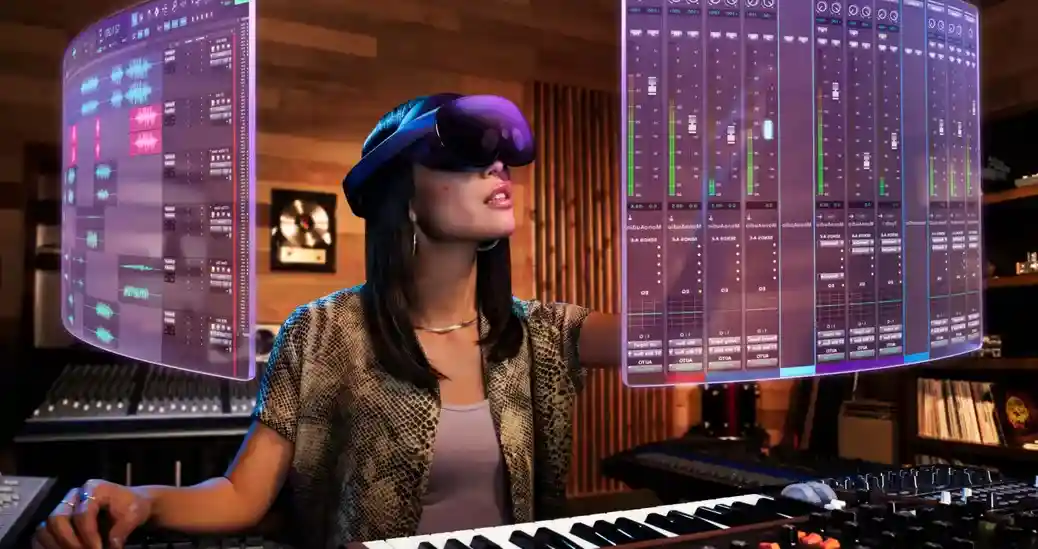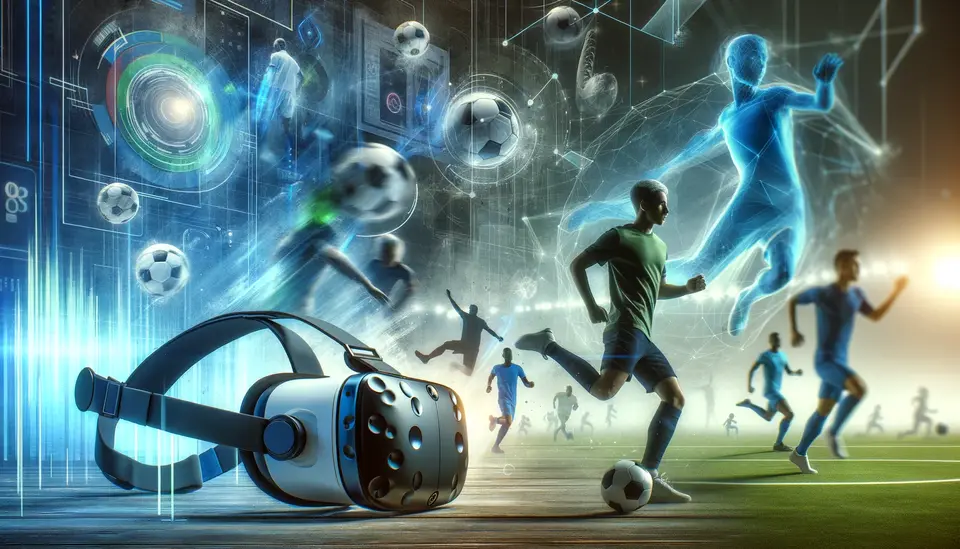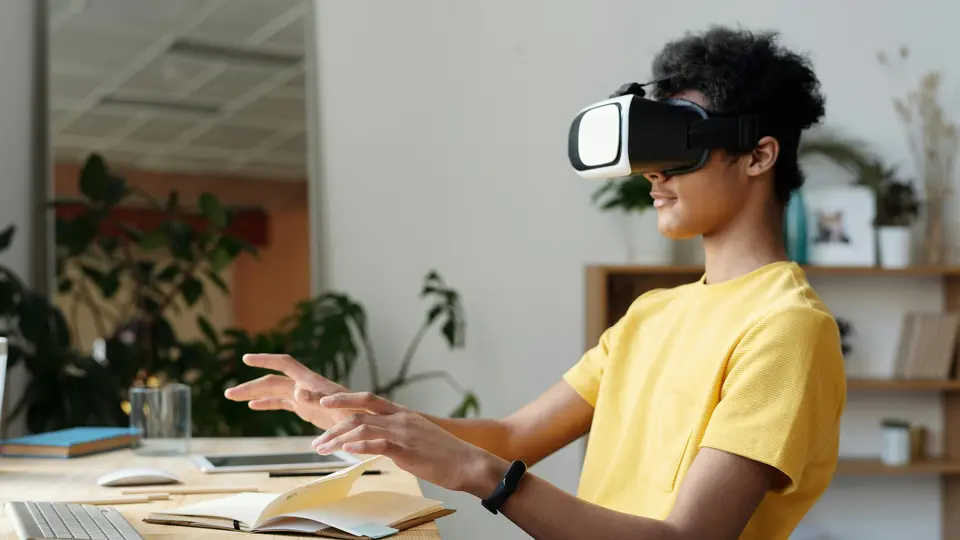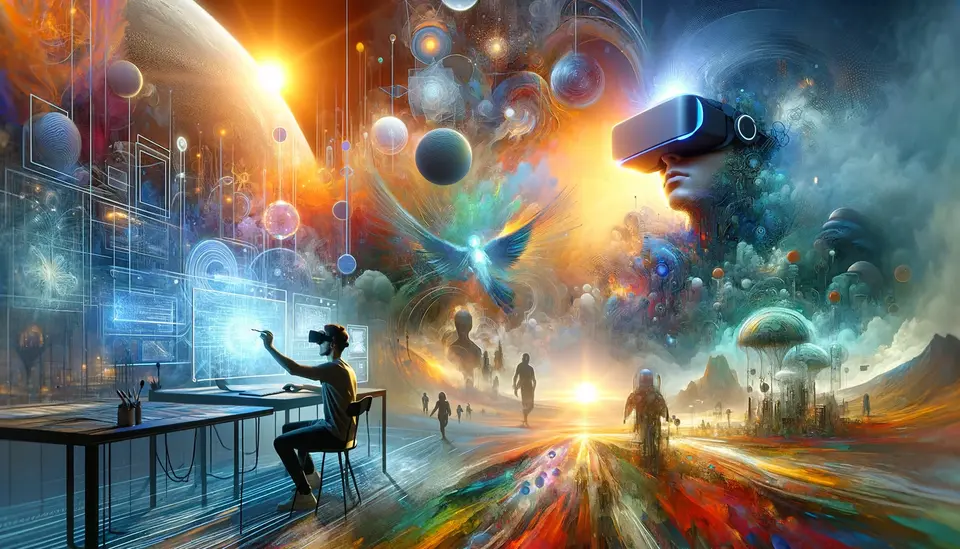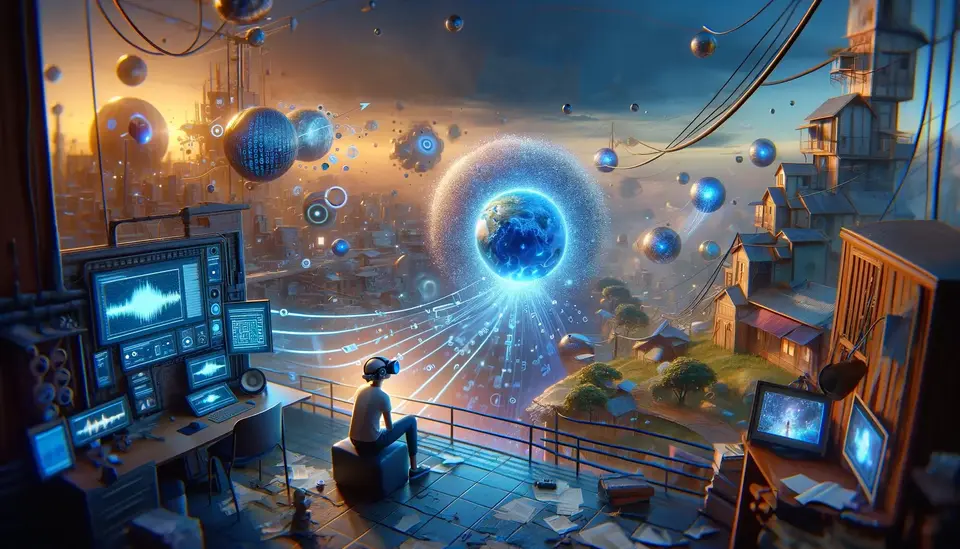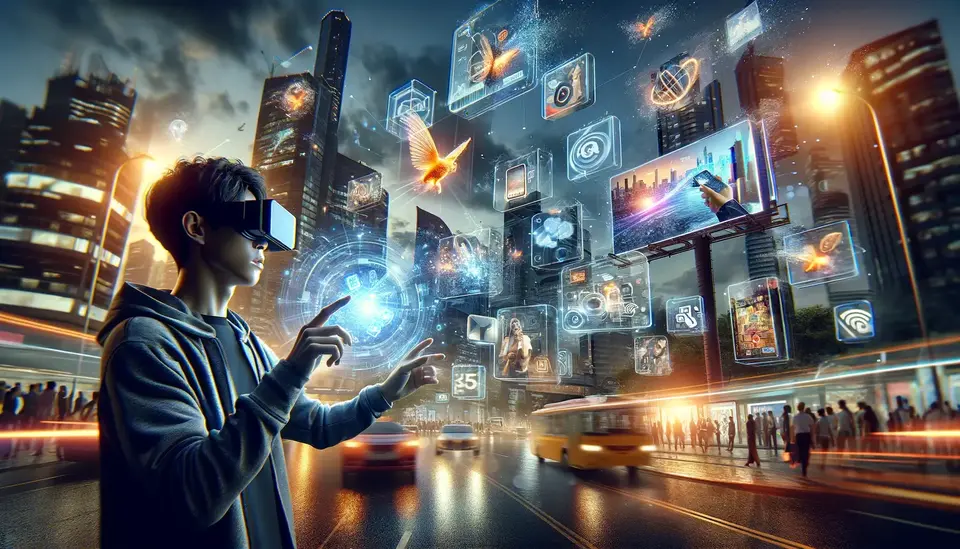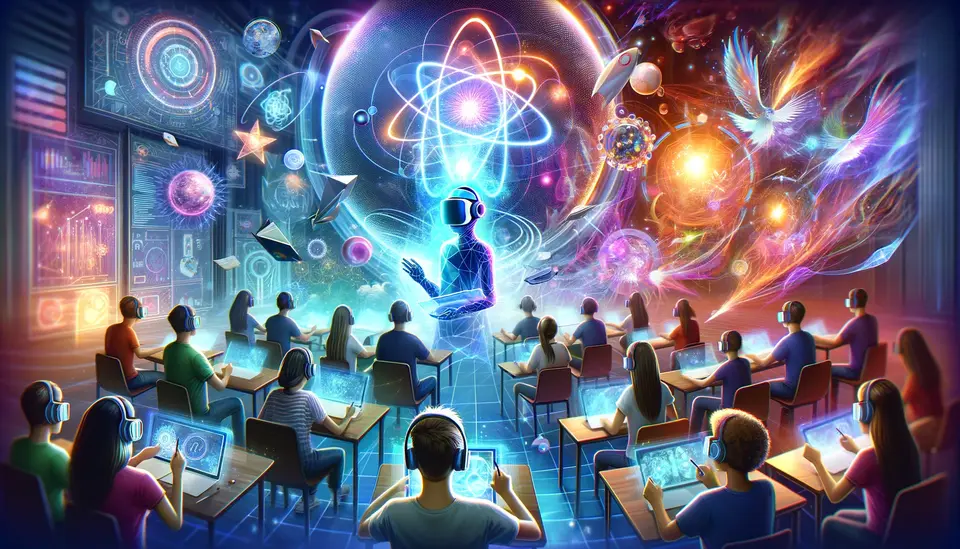15 Examples of the Use of Virtual Reality (VR) in Music
Posted on April 23, 2023 4 minutes 662 words
Table of contents
- 1. Virtual Concerts
- 2. Music Video Experiences
- 3. Virtual Reality Music Creation
- 4. Virtual Rehearsals
- 5. Music Education and Training
- 6. Virtual Music Festivals
- 7. Collaborative Music Making
- 8. Spatial Audio Experiences
- 9. VR Album Releases
- 10. AI-driven Music Composition
- 11. Virtual Record Stores
- 12. Social VR Music Experiences
- 13. Virtual Music Therapy
- 14. Virtual Music Museums
- 15. Virtual Reality Opera
- Conclusion
Virtual reality (VR) has made significant strides in recent years, breaking the boundaries of the music industry and providing unprecedented immersive experiences. In this blog post, we delve into 15 incredible examples of how VR is transforming the world of music, offering exciting new opportunities for musicians, fans, and the industry at large.
1. Virtual Concerts
Globally recognized artists like Marshmello, Travis Scott, and Billie Eilish have embraced virtual concerts, performing live in digital spaces like Fortnite and Oculus Venues. These events, attracting millions of viewers, offer a unique way to connect with fans while keeping the energy and excitement of live performances.
2. Music Video Experiences
Björk’s “Stonemilker” and Gorillaz’s “Saturnz Barz” are prime examples of interactive 360-degree music videos that transport viewers into immersive environments, transcending the traditional music video experience.
3. Virtual Reality Music Creation
Soundstage VR, a popular music creation app, allows users to create and produce music using virtual instruments and environments, fostering limitless creativity and innovation.
4. Virtual Rehearsals
Platforms like vSpatial enable musicians to hold virtual rehearsals with their bands, overcoming geographical barriers and reducing logistical challenges associated with coordinating practice sessions.
5. Music Education and Training
Melodrive VR and InSpaceXR offer immersive music education experiences, helping students improve their music theory, composition, and performance skills in an engaging virtual environment.
6. Virtual Music Festivals
Tomorrowland Around the World and the Lost Horizon Festival have brought music festivals into the virtual realm, offering a blend of live performances, interactive art installations, and workshops for fans to enjoy from the comfort of their homes.
7. Collaborative Music Making
WaveXR is a pioneering platform that enables musicians and fans to collaborate and create music together in real-time, fostering a sense of community and breaking down barriers between artists and audiences.
8. Spatial Audio Experiences
Technologies like Sony’s 360 Reality Audio and Dolby Atmos Music offer immersive spatial audio experiences, allowing listeners to enjoy music in a more natural and enveloping manner.
9. VR Album Releases
Childish Gambino’s “PHAROS” and The Weeknd’s “The Dawn” are examples of albums released alongside interactive VR experiences, giving fans a new way to explore and engage with their favorite artists’ music.
10. AI-driven Music Composition
Endel uses AI to create personalized soundscapes that adapt to the listener’s mood and environment in a VR space, offering a unique, personalized experience for each user.
11. Virtual Record Stores
The Vinyl Factory has created a VR-based record store that allows music enthusiasts to browse and discover music in a 3D environment, simulating the experience of exploring a brick-and-mortar shop.
12. Social VR Music Experiences
Platforms like High Fidelity and AltspaceVR enable users to attend live music events, dance parties, and karaoke nights with friends in a virtual environment, fostering a sense of community and shared enjoyment.
13. Virtual Music Therapy
MedRhythms uses VR to enhance music therapy experiences, providing immersive interventions for stroke and brain injury rehabilitation that can have a lasting impact on patients’ recovery.
14. Virtual Music Museums
The Music Box in VRChat offers an immersive exploration of musical history and the evolution of instruments and genres, providing an engaging way to learn and appreciate music’s diverse roots.
15. Virtual Reality Opera
Opera on Tap and Opera Columbus have embraced VR to create fully immersive productions, offering a new and accessible way to experience classical performances and breathe new life into the art form.
Conclusion
These 15 outstanding examples demonstrate the limitless potential of virtual reality in the music industry. As VR technology continues to evolve and improve, it offers countless opportunities for innovation, collaboration, and exploration. Musicians and fans alike can look forward to a future where they can create, experience, and share music in new, immersive ways that transcend traditional boundaries. By embracing these groundbreaking advancements, the music industry can continue to flourish, delighting fans and artists alike with fresh, engaging experiences that celebrate the power and beauty of music.

